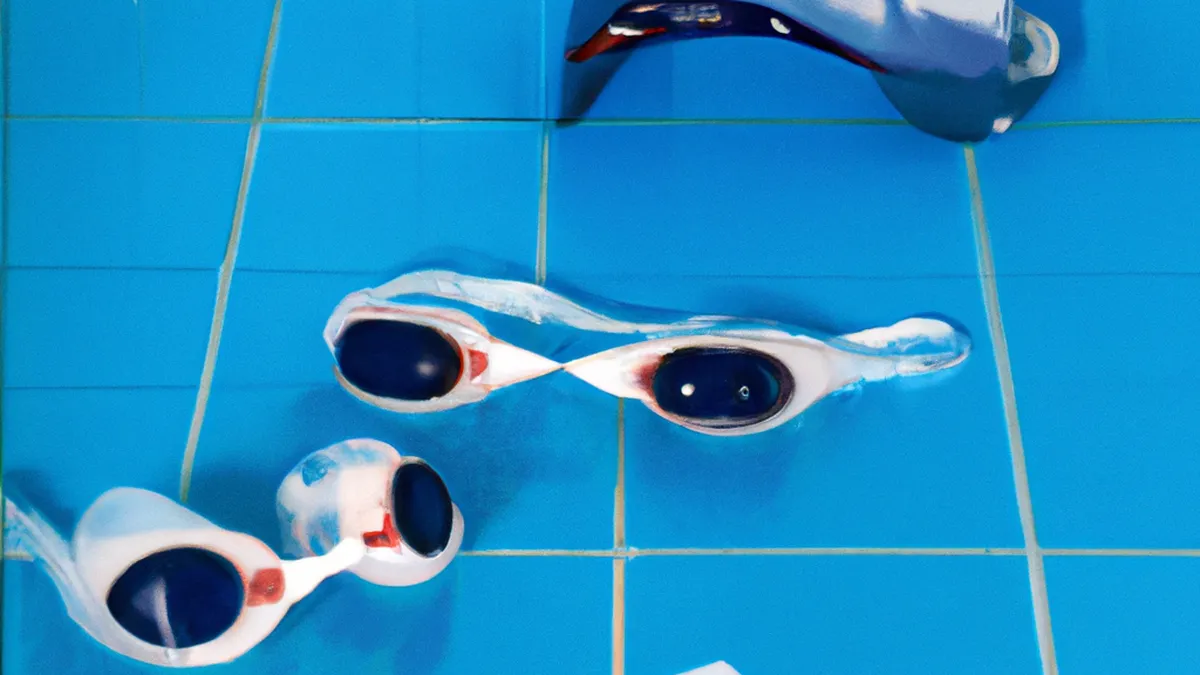Sport-Specific Strategies for Enhanced Conditioning
Creating Sport-Specific Conditioning PlansAthletes need sport-specific conditioning plans, whether professional or amateur. These plans boost performance and reduce injury risks. Tailoring conditioning to a sport’s demands yields optimal results and helps athletes reach their potential. This blog post explains how to create effective conditioning plans for various sports.
Understand the Demands of the Sport
Start by understanding the sport’s physical demands. Each sport has unique requirements that dictate necessary conditioning. For example, soccer players need endurance, agility, and speed, while sprinters focus on explosive power over short distances.
Analyze Movement Patterns
Next, examine the sport’s movement patterns. Athletes perform specific actions repeatedly, so conditioning should mimic these movements. Basketball players often jump, sprint, and move laterally, so their conditioning plan should include plyometric exercises and agility drills.
Assess Energy Systems Used
Understand the energy systems that the sport utilizes. Different sports rely on aerobic, anaerobic, and phosphagen energy sources. Endurance sports like marathon running depend on the aerobic system, while sprinting and weightlifting rely on anaerobic and phosphagen systems. This knowledge helps tailor conditioning to align with energy demands.
Develop a Comprehensive Plan
As an Amazon Associate I earn from qualifying purchases.
Gear tip: consider basketball, soccer ball, and soccer cleats to support this topic.
After assessing the sport’s demands, develop a comprehensive conditioning plan. A well-rounded plan includes strength training, endurance workouts, flexibility, and agility training.
Incorporate Strength Training
Strength training forms the foundation of any conditioning plan. Building muscle strength enhances performance and helps athletes cope with physical demands. Focus on sport-specific exercises targeting muscles used in that sport. For instance, football players might prioritize squats, deadlifts, and bench presses, while swimmers benefit from exercises like pull-ups and rows.Implementing functional strength training, which mimics real-life movements, enhances competitive performance. This training builds strength while improving coordination and balance.
Include Endurance Workouts
Endurance workouts are crucial for prolonged activity or repeated high-intensity efforts. Incorporate both aerobic and anaerobic exercises into the conditioning plan. High-Intensity Interval Training (HIIT) effectively combines intense exercise bursts with recovery periods.
Conclusion
In summary, creating sport-specific conditioning plans enhances athlete performance and prepares them for unique challenges.
Below are related products based on this post:
FAQ
Why are sport-specific conditioning plans important?
Sport-specific conditioning plans are essential because they boost performance and reduce injury risks for athletes. By tailoring the training to the unique demands of each sport, athletes can achieve optimal results and reach their full potential.
What factors should be considered when creating a conditioning plan?
When creating a conditioning plan, it’s important to understand the physical demands of the sport, analyze movement patterns, and assess the energy systems utilized. This comprehensive approach ensures that the conditioning aligns with the specific requirements of the sport.
What types of training should be included in a conditioning plan?
A conditioning plan should include strength training, endurance workouts, flexibility, and agility training. Incorporating a variety of exercises ensures that athletes develop the necessary skills and physical attributes needed for their sport.















Post Comment